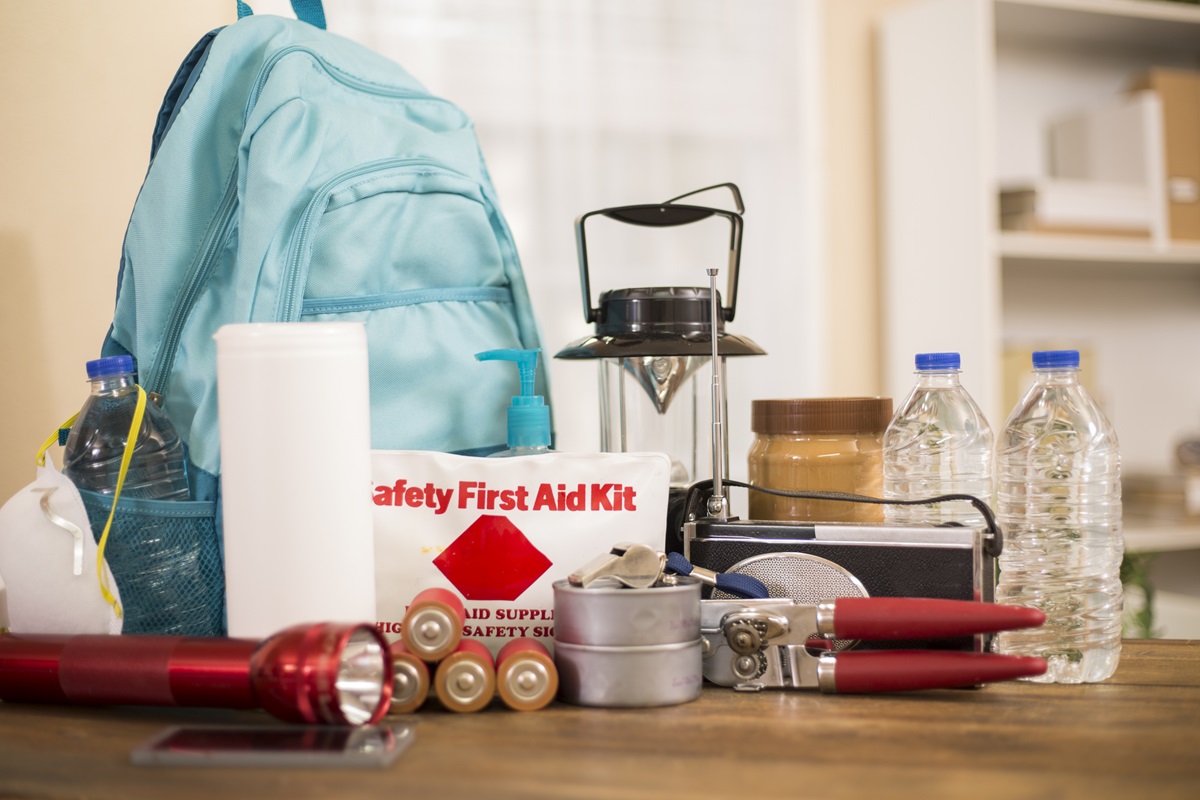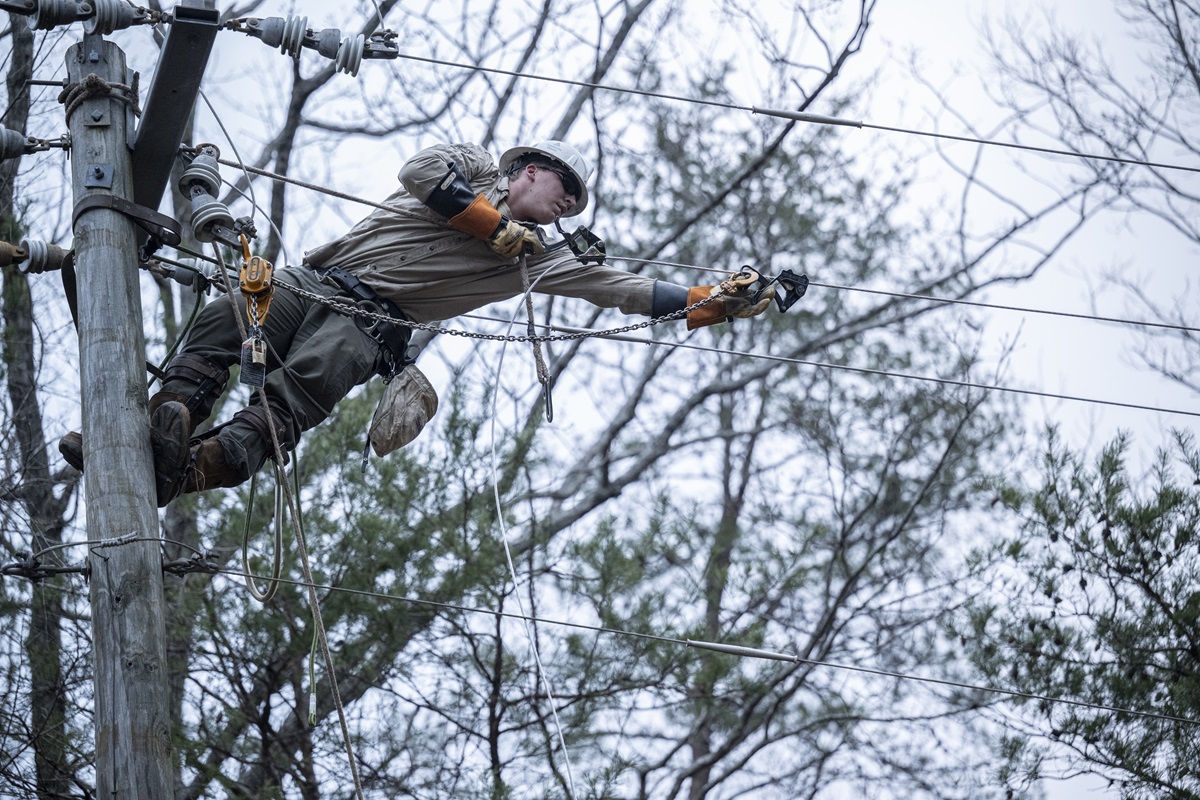Researchers, agencies, beekeepers work together to fight losses in honey bee colonies
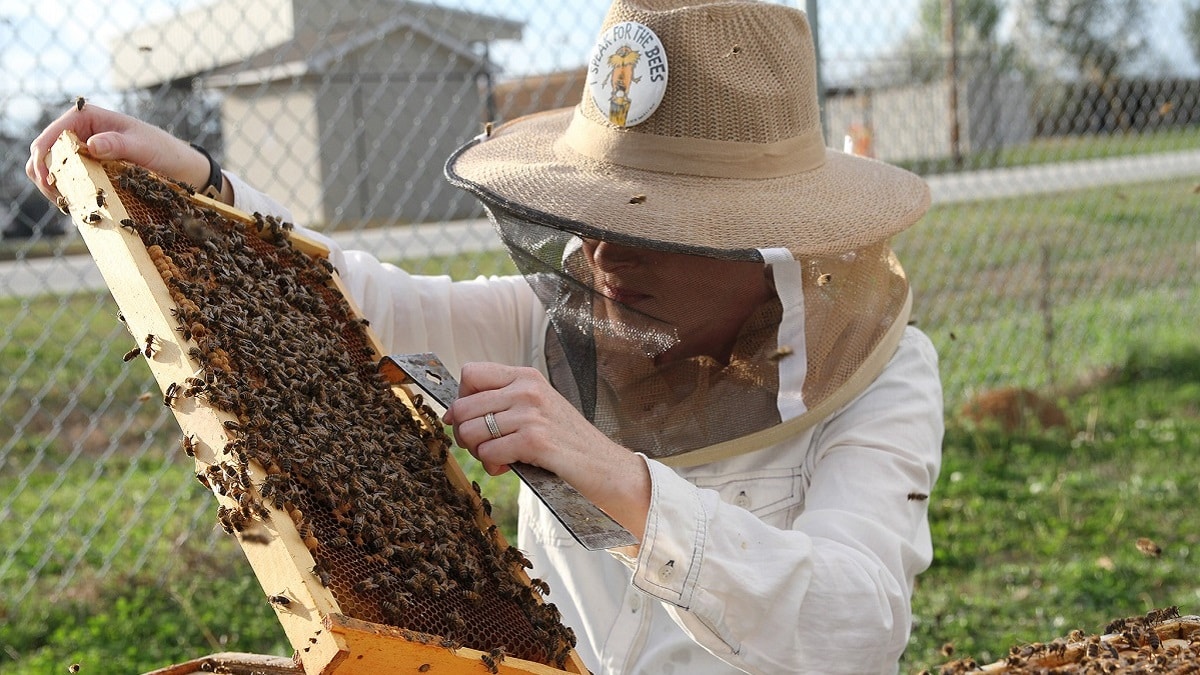
Beekeepers across the United States lost 43.7% of their managed honey bee colonies from April 2019 to April 2020, according to preliminary results of the 14th annual nationwide survey conducted by the nonprofit Bee Informed Partnership. The data was collected and analyzed by the University of Maryland and Auburn University. (contributed)
Beekeepers across the U.S. lost 43.7% of their managed honey bee colonies from April 2019 to April 2020, according to preliminary results of the 14th annual nationwide survey by the nonprofit Bee Informed Partnership (BIP).
It’s the second-highest loss rate the survey has recorded since it began in 2006 – 4.7 percentage points higher than the average annual loss rate of 39%.
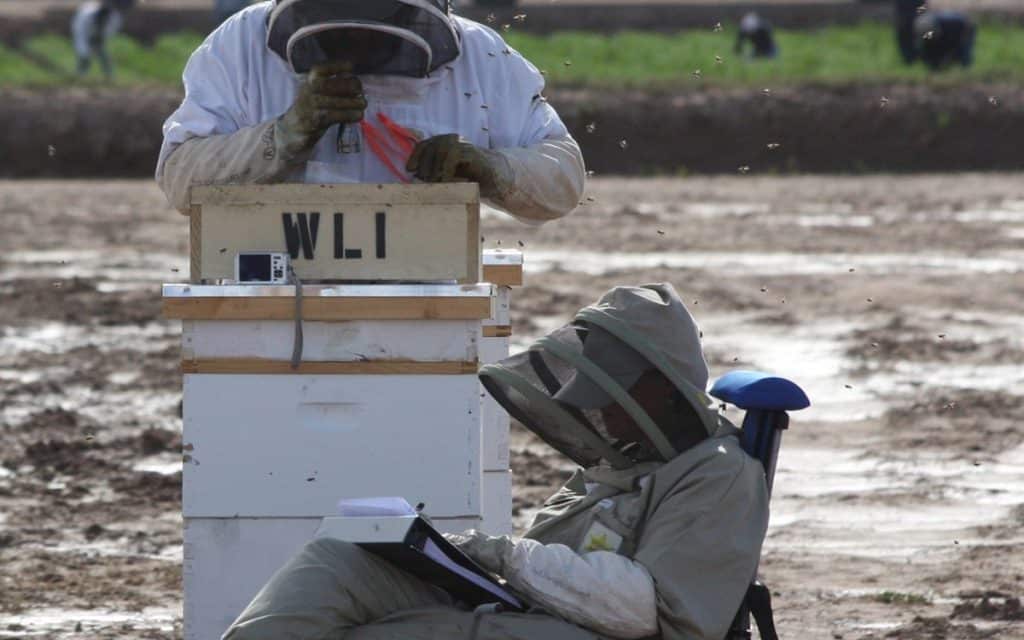
As overall loss percentages for U.S. honey bee colonies have risen in recent years, beekeepers have begun accepting higher loss rates as the new normal. But they’re still working with researchers and government agencies to better understand and reduce the losses. (Bee Informed Partnership)
The results highlight the cyclical nature of honey bee colony turnover. Although the high loss rate was driven by the highest summer losses ever reported, winter losses were markedly lower than in most years. As researchers learn more about what drives these cycles, the latest survey underscores the importance of the summer for beekeeper losses.
This past year, winter losses were reported at 22.2%, which is 15.5 percentage points lower than last year and 6.4 points lower than the survey average. However, high summer losses were reported at 32% – 12 percentage points higher than last year and 10.4 points above the survey average.
“This year, summer loss was actually the highest we’ve ever recorded, even higher than winter losses, which is only the second time we’ve seen that, and it’s mostly commercial beekeepers that are driving that loss number, which is unusual,” said Nathalie Steinhauer, BIP’s science coordinator and a postdoctoral researcher in the University of Maryland Department of Entomology. “So that makes this year different and interesting to us, because we want to know what is driving their losses up in comparison to previous years.”
Commercial beekeepers typically have lower losses than backyard and small operations. Commercial honey bees pollinate $15 billion worth of domestic food crops each year, making the insect critical to food production and supply.
“When BIP started doing this survey, winter loss was the main focus because that period of the year was thought to be the most challenging for beekeepers and their colonies, especially in temperate climates,” said Geoffrey Williams, assistant professor of entomology in Auburn University’s College of Agriculture and co-author of the survey. “Adding summer loss into the survey in 2010-11 was quite revealing. For the first time, we had the numbers to show that loss occurs throughout the year, and that summers are not insignificant for beekeeper losses.”
Since beekeepers began noticing dramatic losses in their colonies in the early 2000s, state and federal agricultural agencies, university researchers and the beekeeping industry have been working together to understand the causes and develop best-management practices to reduce losses. The BIP annual colony loss survey has been an integral part of that effort.
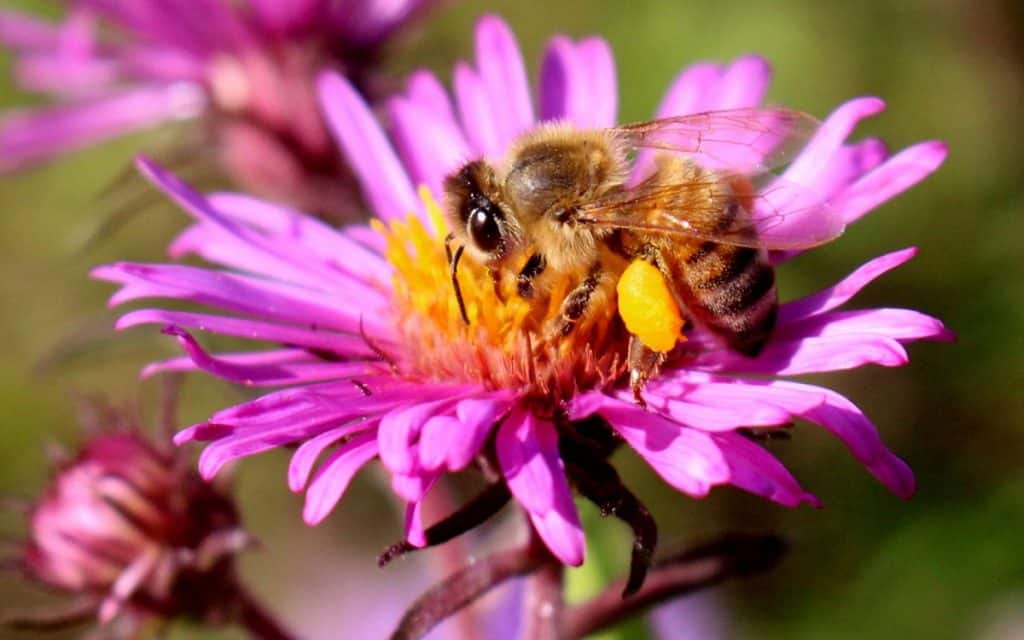
Commercial honey bees pollinate $15 billion worth of food crops in the U.S. each year, so their health is critical to food production and supply. (Bee Informed Partnership)
The survey asks beekeeping operations of all sizes to track the survival or turnover rates of their honey bee colonies. This year, 3,377 beekeepers managing 276,832 colonies responded to the survey, representing about 10.4% of the nation’s estimated 2.67 million managed colonies.
Dan Aurell, BIP field specialist based at Texas A&M University, said the factors that go into summer and winter losses are different, as are the consequences for commercial beekeepers, who seem to have struggled the most in 2019, based on the survey results. The health of the queens that head production colonies is a major factor in summer losses. In addition, beekeepers split their colonies after winter to strengthen them, and the health of those colonies at that time is critical to their longevity.
“Factors that often contribute to summer loss tend to be, if your splits are in poor condition or don’t have the right resources and queen failure,” Aurell said. On the other hand, winter loss is closely related to fall management practices, he said, such as whether colonies have good conditions during the summer to build up to a robust fall population, and if the fall varroa mite loads were high. The parasitic mite can be deadly to honey bees.
“I’ve heard beekeepers say that the California queen-raising season in 2019 was the worst in 30 years,” Aurell said about one of the major markets in the United States. That could be a contributing factor to the past year’s losses, said Aurell and his colleagues at Michigan State University, UC Davis and Oregon State University who all work with commercial beekeepers.
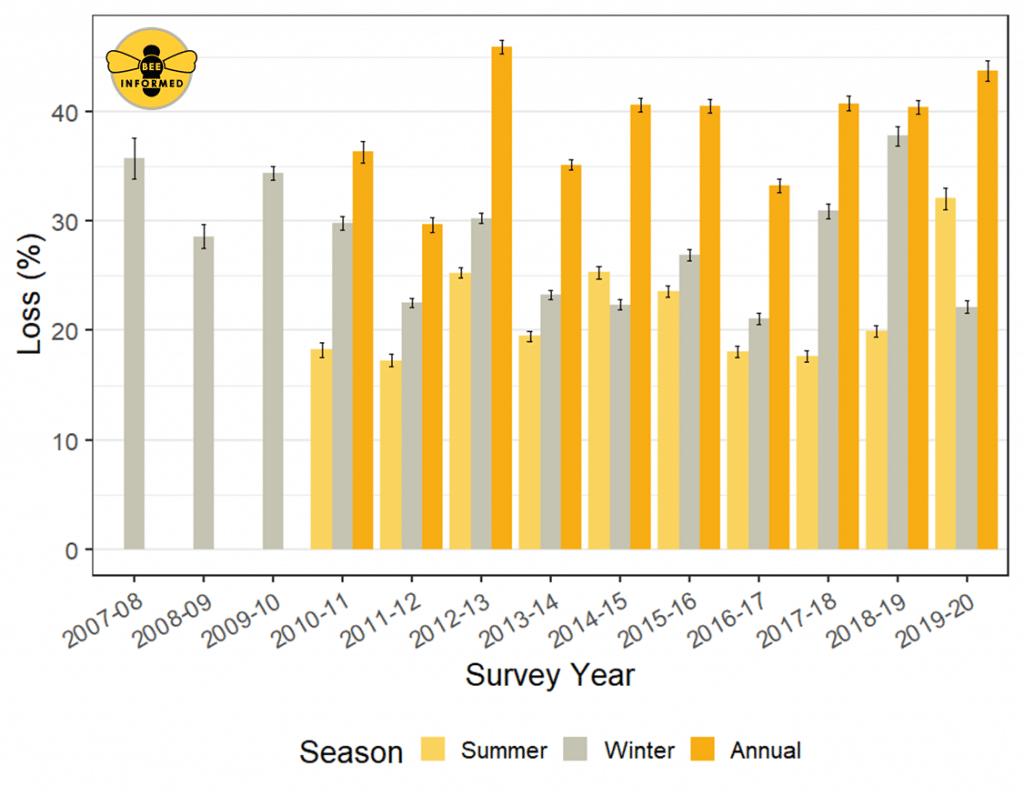
Annual surveys show honey bee colony losses over the past 14 years. (Bee Informed Partnership)
“Commercial beekeepers pretty consistently have lower losses than backyard beekeepers – you don’t get to a level where you are managing more than 500 colonies, and often a lot more than that, without learning good management strategies,” Aurell said. “But high losses for commercial beekeepers can be really costly.” He said 400 colonies can cost upward of $80,000 to replace. “And even if the rest of your bees are healthy and strong after a big loss, it is a lot of labor to split those and restore balance in your operation. If you’ve had a big loss, it’s often the case that your surviving colonies are also in poor condition.”
Many of the summer losses this year could represent carryover from a particularly poor winter, where BIP reported the highest winter losses it had ever recorded at 37.7%. Higher reported levels of the varroa mite that winter may have weakened colonies going into the spring of 2019. Additionally, weather conditions may have promoted brood diseases, affected the availability of mated queens when they were needed, or contributed to a lack of food for honeybees at key times throughout the year, such as during almond blooms.
“While these explanations are entirely based on what we have been seeing and not on data, our conversations with beekeepers and colleagues across the country support these issues as potential reasons for the particularly high summer losses this past year,” Aurell said.
In addition to the loss survey, BIP conducts a management survey to connect management practices to losses and hopefully help reduce losses going forward. On the other hand, researchers said losses are a natural part of the beekeeping industry, rising and falling with the weather, varroa loads, pesticide loads and other factors.
“In the survey, we ask what beekeepers consider to be acceptable loss in the winter, and that number has crept up from 15% to 25% pretty steadily, so it is slowly trickling into the beekeeper’s mind that losses have gotten worse over time, and they have to accept more as a new normal,” Steinhauer said. “There is always going to be some turnover, but it is about what is a normal turnover and what is abnormally high and how BIP can help arm beekeepers with the information they need to manage it.”
Williams added, “BIP is working on an epidemiological approach to really understand the health issues of bees. It’s using correlational information generated by the loss and management survey results to drive more hypothesis-driven research to validate and verify findings and causes of mortality.”
BIP survey results are available here. See a summary below.
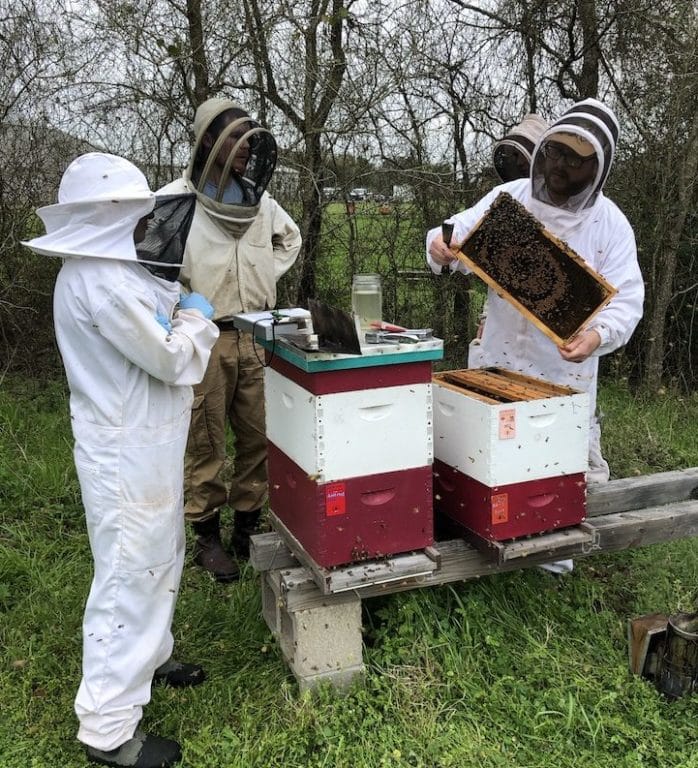
Researchers hope that better understanding the causes of losses in honey bee colonies will enable beekeepers to improve best practices in their operations. (Bee Informed Partnership)
Winter loss estimates:
- Oct. 1, 2019, to April 1, 2020: 22.2% losses.
- 15.5 percentage points lower than winter 2018-2019.
- 6.4 percentage points lower than average winter loss (2006-2020): 28.6%.
Summer loss estimates:
- April 1, 2019, to Oct. 1, 2019: 32% losses.
- 12 percentage points higher than summer 2018.
- 10.4 percentage points higher than average summer loss (2010-2020): 21.6%.
- Commercial beekeepers (who manage more than 500 colonies): 33%, 11 percentage points higher than average commercial summer loss (2010-2020) of 22%.
Total annual loss estimates:
- April 1, 2019, to April 1, 2020: 43.7% losses.
- 3.3 percentage points higher than 2018-2019.
- 4.7 percentage points higher than average annual loss (2010-2020): 39%.
Winter loss comparison by beekeeper category:
- Backyard beekeepers (who manage 50 or fewer colonies): 32.8%.
- Sideline (manage 51-500 colonies): 31.8%.
- Commercial (manage more than 500 colonies): 20.7%.
This story originally appeared on Auburn University’s website.

